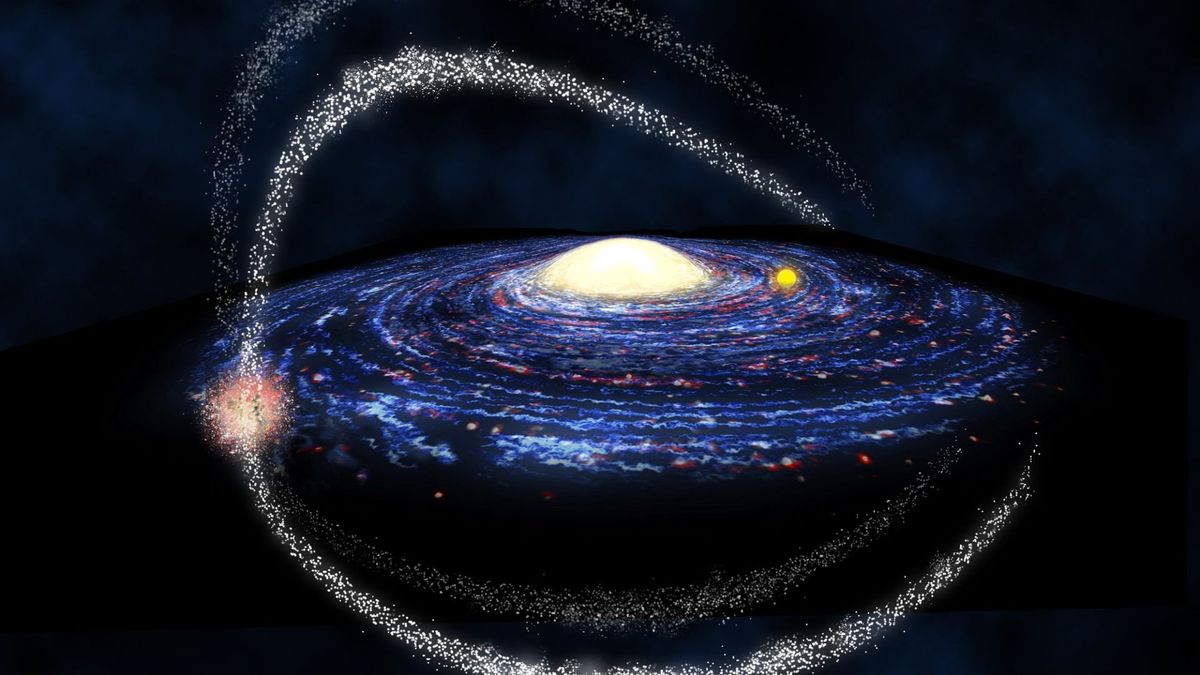
But if gamma-rays are the result of particles accelerated by pulsars, they may not be evidence of dark matter.
The Sagittarius dwarf satellite galaxy is viewed from Earth through the Fermi bubbles and is marked by elongated streams of gas and stars that were ripped from the galaxy's core as its tight orbit threaded it through the disk of the Milky Way.Gamma-ray emissions are thought to be created by young stars, by dark matter annihilation or by millisecond pulsars.This violent gas removal means that the Sagittarius dwarf galaxy is no longer forming stars and lacks stellar nurseries, so its gamma-ray emissions can't be the result of young stars. .
Furthermore, the shape of the Fermi cocoon closely matches the observed distribution of visible stars, ruling out dark matter as a source of the emissions."Millisecond pulsars in the Sagittarius dwarf were the ultimate source of the mysterious cocoon, we found.".
By demonstrating that the gamma-ray cocoon is the result of pulsars, the team's results suggest that the gamma-ray emissions in the Fermi bubbles are not the result of dark matter annihilation, the researchers said. .